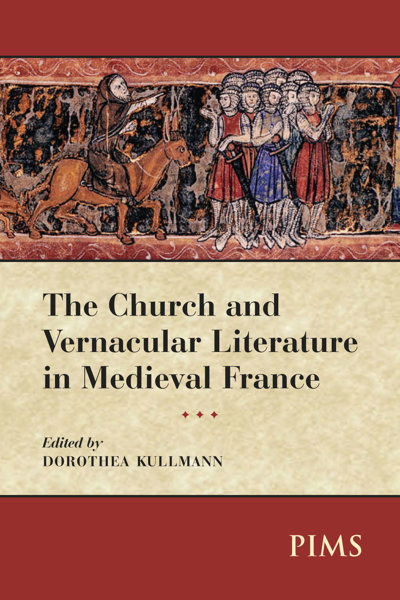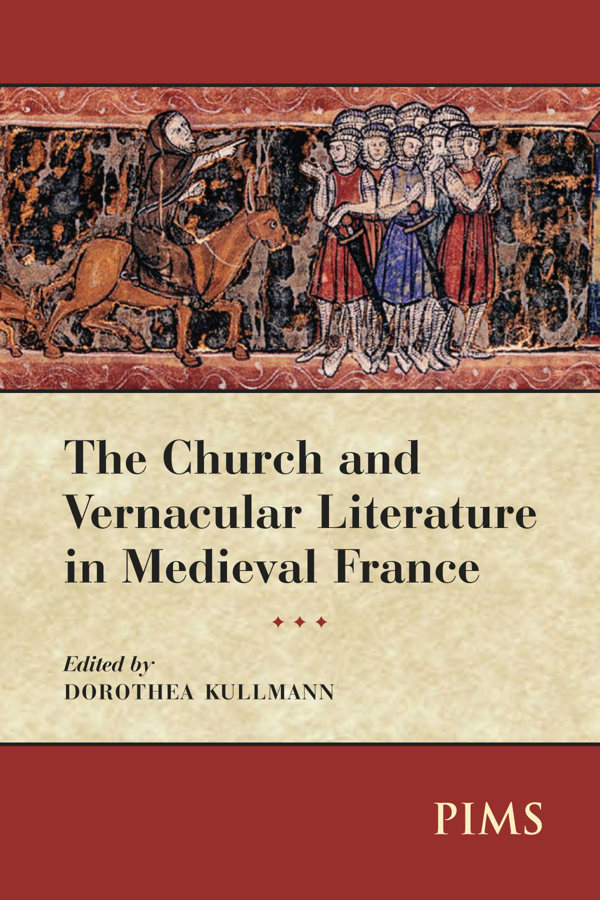
The Church and Vernacular Literature in Medieval France
Dorothea Kullmann (ed)
- Pages: 296 p.
- Size:155 x 230 mm
- Language(s):English, French
- Publication Year:2009
- € 60,00 EXCL. VAT RETAIL PRICE
- ISBN: 978-0-88844-165-2
- Hardback
- Temporarily Out of Stock
Should we describe this astonishing chapter of cultural history as the development of a “lay”, or “profane”, literature alongside a Church dominated learned and religious one, or as the emancipation of vernacular literature from the tutorship of the Church? Is the borderline between “lay” and “religious” texts and genres really as clear-cut as some literary histories would make us believe? How then did these new genres of written literature come into being in a culture in which the Church held the monopoly on education, including training in writing? Did the Church as an institution play any role in the birth and expansion of vernacular literature?
In the present volume, specialists from the disciplines of
linguistics, literature, history and musicology address the various
aspects of this complex of questions. The examples studied here are
witnesses not only to a constant
interaction between lay and religious cultures but also to the
productive tension that resulted from the particular situation of
the Church in medieval France.

